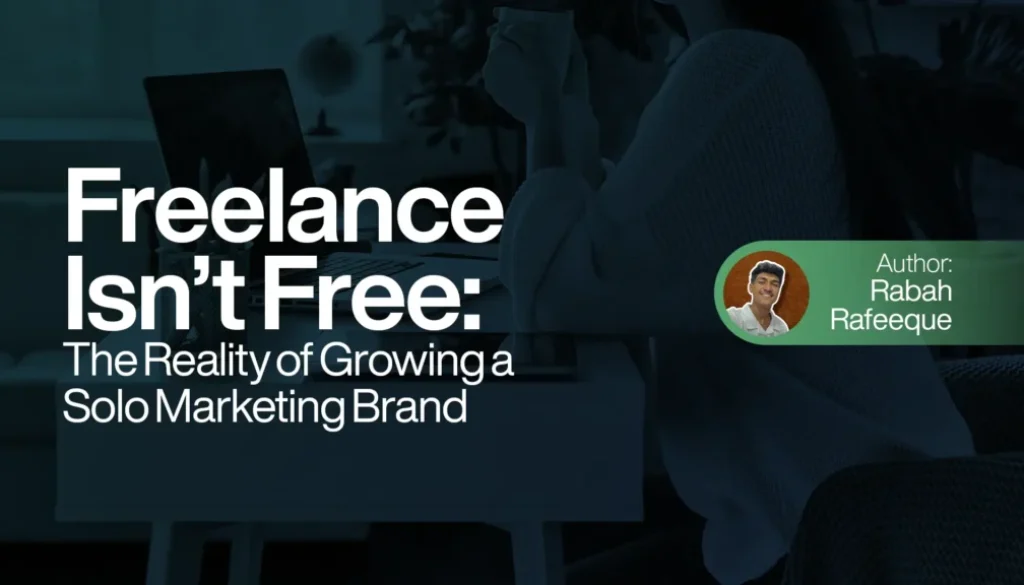Background: So, What Does Freelance Really Cost?
Let’s break it down for what it really is.
Freelancing isn’t just a career move—it’s a mindset shift. You stop clocking in for a boss and start clocking in for yourself. Sounds empowering, right? But here’s the fine print: you become the CEO, marketer, designer, finance manager, and customer support—all in one.
No paid holidays. No HR team. No one to save you when a client ghosts you after a 4-hour strategy call.
According to recent studies:
- 70% of freelancers work more than 45 hours a week.
- 58% say late payments are a recurring issue.
- 52% admit to burnout in their first 2 years of freelancing.
And yet, people still choose this path. Why? Because freedom, even when it comes at a cost, is still worth more than comfort for many of us.
Main Content: Breaking Down the Real Costs of Freelancing
1. The Emotional Cost: Riding Solo Ain’t Always Cool
When you’re freelancing, especially in digital marketing, you’ll spend a lot of time alone, brainstorming, editing, planning, and doubting.
There are days when content flops.
There are days when clients ghost.
And then, there are nights when you question if this whole thing is even working.
I’ve cried over reels that didn’t perform, stayed up editing for brands that paid late, and kept showing up even when nothing showed up for me. That’s what they don’t put on LinkedIn, but it’s real.
2. The Time Cost: Freedom Isn’t Free Time
Everyone thinks freelancing means more free time. Spoiler alert: it means the exact opposite, unless you’re intentional.
You don’t have work hours. You set them.
You don’t get time off. You create it.
I used to think I was working 5 hours a day until I tracked it and saw I was spending 12 hours switching between editing, client chats, strategy, content planning, and fixing my website (hello TherabahCo). It’s not “overwork”—it’s just the reality of building something from scratch.
